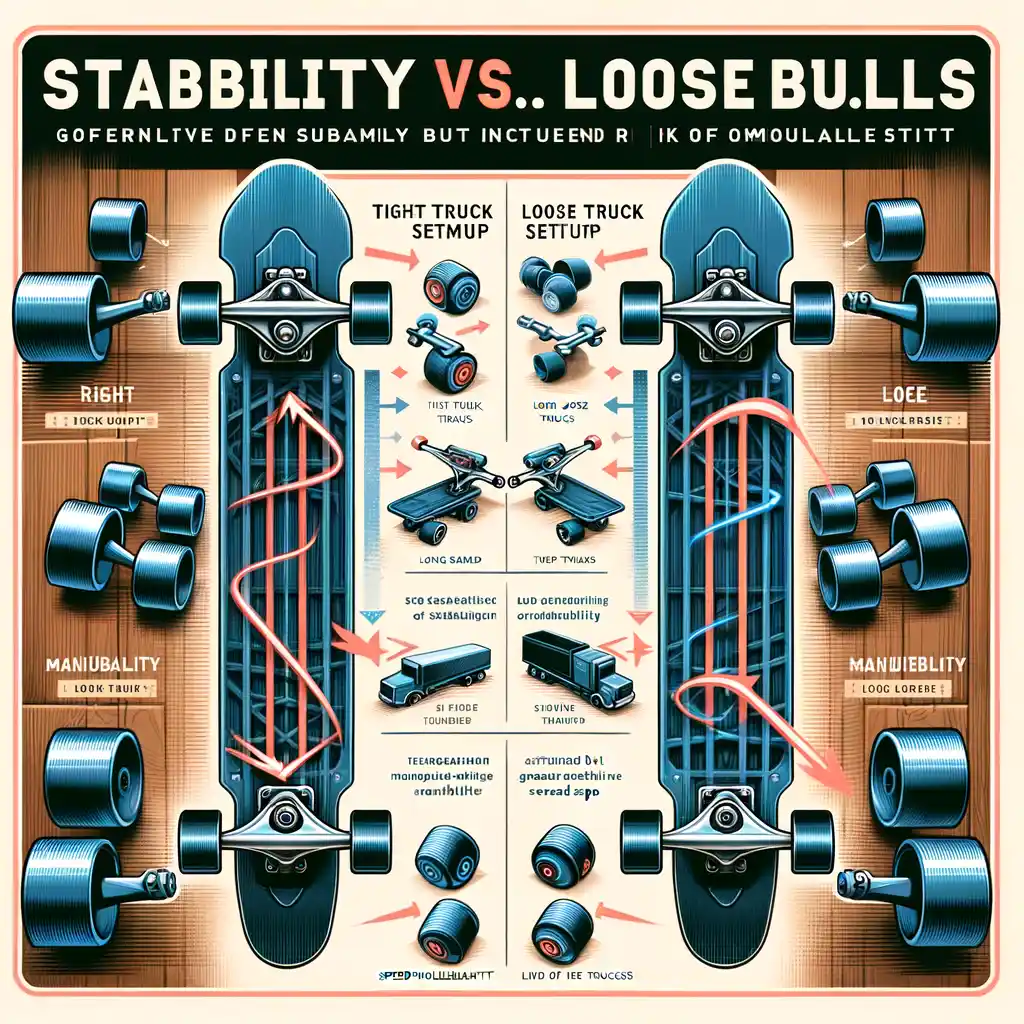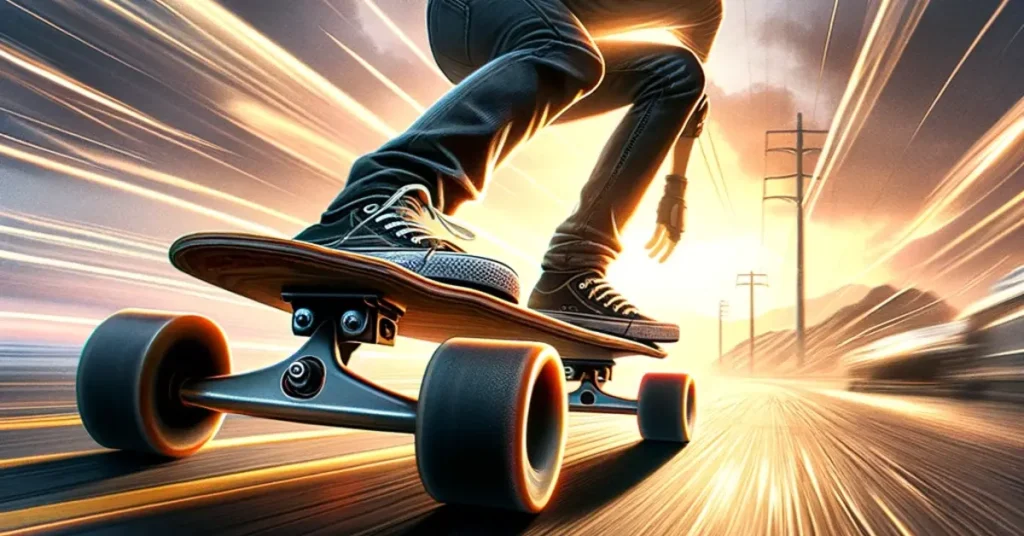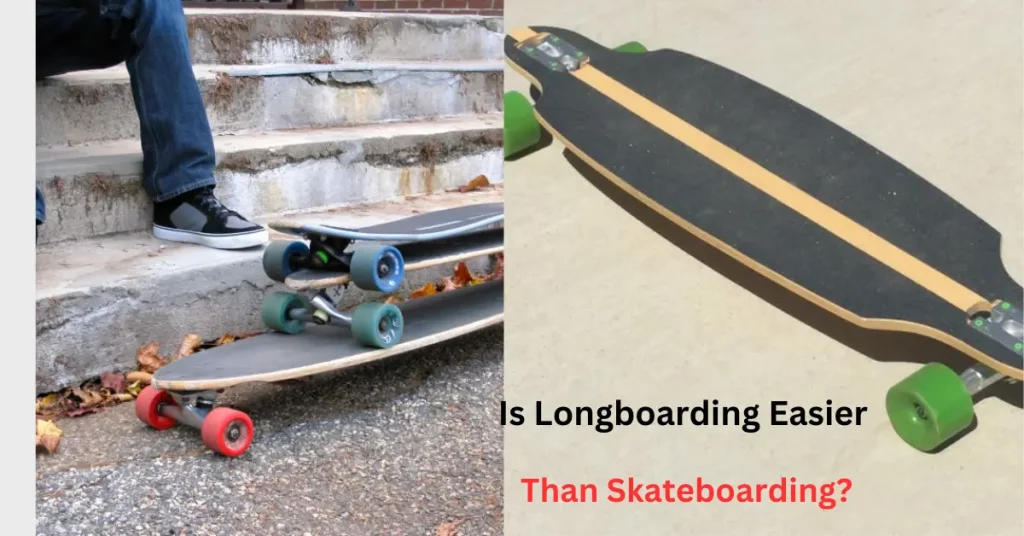Experiencing speed wobbles on a longboard is akin to riding a roller coaster without the tracks. One moment, you’re cruising smoothly; the next, your board starts to shake uncontrollably beneath your feet, threatening to throw you off balance. This phenomenon, often occurring at higher speeds, can be both frightening and dangerous, especially for beginners. Understanding the mechanics behind speed wobbles is crucial for every longboarder, not just to enhance their riding experience but also to ensure their safety on the board.
Speed wobbles, or the rapid oscillation of the longboard from side to side, are not just nuisances; they are wake-up calls to every rider about the importance of proper technique and equipment setup. By delving into the causes and exploring preventive measures, riders can transform their longboarding journey from one of caution and fear to one of confidence and thrill. Let’s explore what leads to these wobbles and how they can be mitigated, ensuring a smoother, safer ride.
Understanding Speed Wobbles
The Physics Behind the Wobble
At its core, a speed wobble is a battle between forces. When you’re moving fast, any slight turn of the board can create a force that wants to straighten it back out. However, if you overcorrect or if the board is too responsive, it can swing to the other side, creating a pendulum effect. This oscillation can grow more severe with speed, leading to wobbles.
Equipment’s Role
Board Flexibility and Length
A board’s flexibility and length play significant roles in its stability. Generally, a stiffer and longer board offers more stability at high speeds, reducing the chances of wobbles. Flexy boards, while great for cruising and carving at lower speeds, can amplify instability when going fast.

Truck Setup
The tightness of the trucks greatly affects stability. Looser trucks offer more maneuverability at slow speeds but can become unstable when fast. Conversely, tighter trucks reduce maneuverability but increase stability, making them preferable for high-speed rides.
Factors Contributing to Speed Wobbles
Rider’s Stance and Weight Distribution
A rider’s stance and how they distribute their weight are crucial. A low center of gravity and weight distributed more on the front foot can significantly enhance stability. Leaning too far back or standing too upright can invite wobbles.
Road Conditions
Uneven or rough road surfaces can trigger wobbles. Small obstacles, like rocks or cracks, can unsettle a board at high speeds, emphasizing the need for constant vigilance and a ready stance.
Speed and Experience
Naturally, the faster you go, the more likely you are to experience wobbles. Experience plays a role, too; seasoned riders develop a feel for managing their board’s response and adjusting their stance instinctively to counteract the onset of wobbles.
Mitigating Speed Wobbles
Proper Equipment Setup
Ensuring your longboard is set up correctly for your riding style and speed goals is essential. Experiment with different levels of truck tightness and consider using boards designed for speed and stability if you aim to ride fast.
Technique and Practice
Developing a solid riding technique, such as bending your knees and keeping a low center of gravity, is key. Practice at gradually increasing speeds to build your confidence and ability to handle potential wobbles.
Know Your Limits
Understanding your limits and gradually pushing them is safer than attempting to break speed records prematurely. Knowing when and where to ride fast can prevent many unwelcome surprises.
Conclusion
Speed wobbles on a longboard can be intimidating, but they’re not insurmountable. By understanding the interplay between physics, equipment, and technique, riders can equip themselves to tackle this challenge head-on. Incorporating the right setup with practiced skills and an awareness of one’s limits can transform speed wobbles from a dreaded occurrence to a manageable aspect of the ride. Remember, longboarding is not just about the thrill of speed but the joy of mastering control over your ride. Safe and confident longboarding comes from a blend of knowledge, preparation, and practice.

“Welcome to our website, Here You’ll find a wealth of information on finding the right skating gear that will last for years to come, as well as tips and tricks to help you improve your skills. Whether you’re a beginner or an experienced skater, you’ll find something of value here.”



